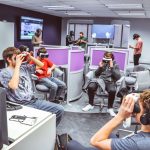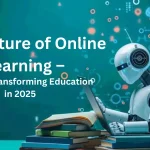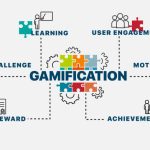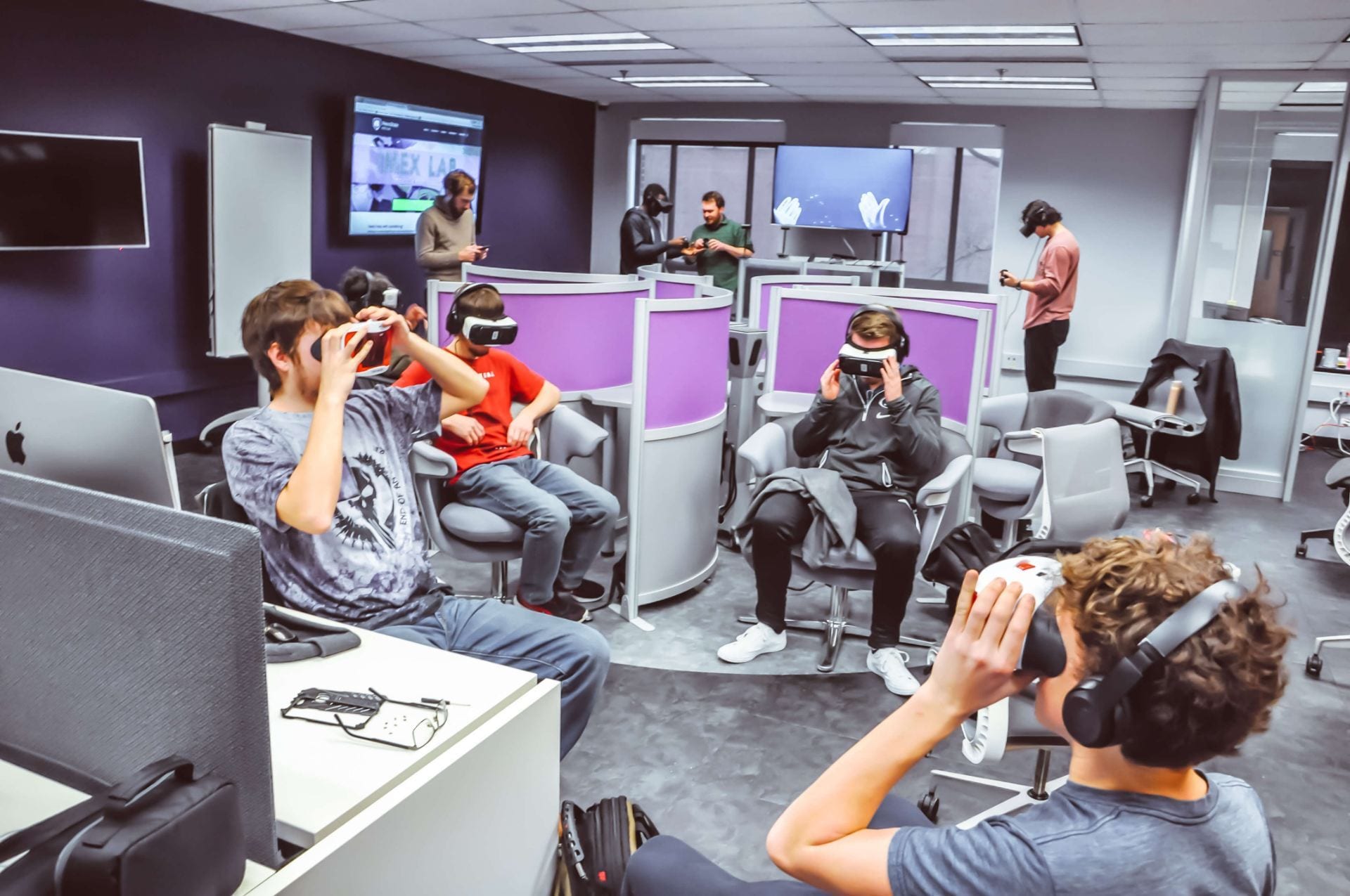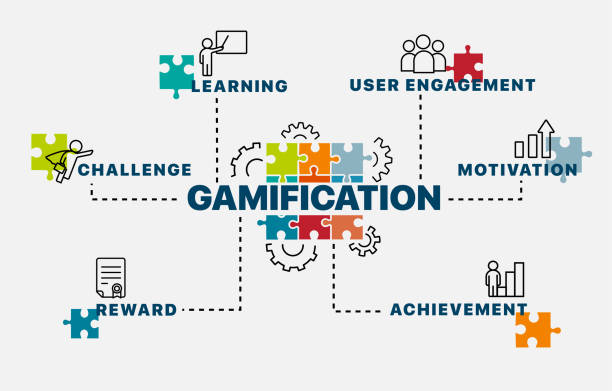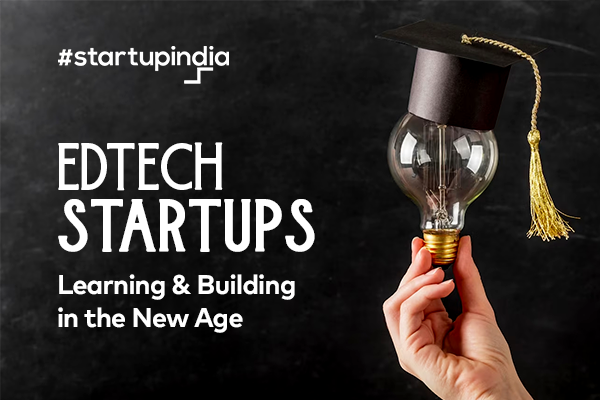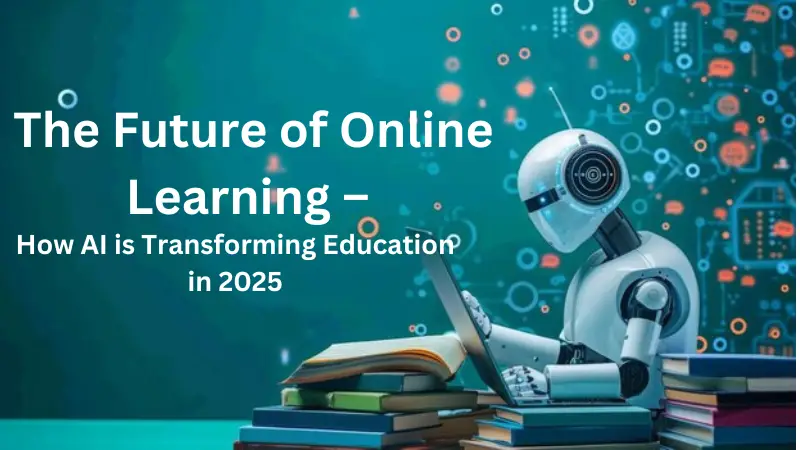
📌 Introduction: The Rise of Intelligent Learning
Artificial Intelligence (AI) is no longer just powering search engines or voice assistants. It’s now revolutionizing education—from personalized learning platforms to AI teaching assistants and even automated grading.
At its core, AI in education is about using intelligent algorithms to enhance teaching, improve learning outcomes, and optimize educational systems.
The changes are profound—and permanent.
🧠 1. What Is AI in Education?
AI in education refers to the application of machine learning, natural language processing, and data analytics to improve the learning experience.
It enables systems to:
- Adapt to each learner’s pace, strengths, and weaknesses
- Provide instant feedback
- Automate repetitive tasks for educators
- Analyze data to improve instruction

🚀 2. Key Applications of AI in Education
| Application Area | What It Does |
|---|---|
| 🎯 Personalized Learning | Adapts content to each student’s needs in real time |
| 📝 Automated Grading | Grades multiple-choice, short answer, and even essays |
| 🧑🏫 Virtual Tutors | Offers 24/7 help through chatbots and intelligent assistants |
| 📊 Learning Analytics | Tracks performance, predicts risk of failure or dropout |
| 🗣️ Language Learning | Uses speech and text recognition to support multilingual education |
| 🧠 Intelligent Content | Creates summaries, flashcards, and quizzes automatically |
🧩 3. Real-Life Examples of AI in Education
✅ A. Socratic by Google
Helps students solve math and science problems by analyzing handwritten questions and providing step-by-step answers.
✅ B. Carnegie Learning
AI-powered math platform that adapts in real time and offers personalized tutoring based on student mistakes.
✅ C. Gradescope
Used by educators to automate grading of exams and assignments—even for open-ended questions.
✅ D. Duolingo
Uses AI to personalize language learning sequences based on user proficiency and mistake patterns.
✅ E. Knewton (by Wiley)
Adaptive learning engine that recommends content and assessments based on individual learner profiles.
🔍 4. Benefits of AI in Education
💡 Personalized Learning Paths
AI customizes the pace, difficulty level, and style of instruction to fit each learner.
⏱️ Time-Saving for Teachers
Educators can spend less time on grading and admin, and more on student interaction.
📈 Early Intervention
AI can flag at-risk students before they fall too far behind by analyzing behavior and performance patterns.
🌍 Greater Accessibility
AI tools like text-to-speech, speech-to-text, and translation engines support inclusive education for students with disabilities or language barriers.
📊 Data-Driven Decisions
Administrators and teachers get dashboards to help optimize curriculum and improve outcomes.
⚠️ 5. Challenges and Ethical Concerns
| Challenge | Explanation |
|---|---|
| 🕵️♀️ Data Privacy | Collecting and using student data raises concerns over security |
| 🤖 Algorithmic Bias | AI systems may unintentionally favor certain demographics |
| 🧑🏫 Teacher Displacement | Fear that AI could replace human teachers in certain contexts |
| 💻 Tech Access Divide | Not all students have equal access to AI-powered platforms |
| ❓ Lack of Transparency | Many AI models operate as “black boxes,” making decisions hard to explain |
🌐 6. AI-Powered Platforms to Watch
| Platform | Key Feature |
|---|---|
| Century Tech | Combines neuroscience and AI for real-time learner insights |
| Squirrel AI | Adaptive tutoring based on cognitive modeling |
| Querium | AI-driven STEM learning tools with real-time feedback |
| DreamBox | K–8 math curriculum with AI-driven adaptivity |
| Knowji | Vocabulary learning using spaced repetition and AI optimization |
🔮 7. The Future of AI in Education
📚 Hyper-Personalized Learning
AI will soon craft entirely unique curricula for each student based on their interests, goals, and pace.
🎙️ Voice & Emotion Recognition
Next-gen systems will understand mood, frustration, or confidence levels and adjust content delivery accordingly.
👩🏫 AI + Human Collaboration
Rather than replacing teachers, AI will become a co-teacher, handling routine tasks while educators focus on creativity and empathy.
🌎 Global Reach
With AI, world-class education can be made affordable and accessible to underserved populations across the globe.

📌 Use Case: A Day in the Life of an AI-Powered Classroom
Imagine a Grade 8 student logs into an AI-driven platform:
- The system reviews yesterday’s quiz and identifies weak points.
- A tailored lesson plan is created for the day.
- A chatbot tutor explains tough concepts with examples in real time.
- AI tracks engagement and suggests breaks or games for better retention.
- At day’s end, both the student and parent receive a progress report.
No two students have the same day—because learning is as unique as they are.
✅ Conclusion: Not the Future—The Present
AI isn’t just transforming the future of education—it’s already here, enhancing the quality, equity, and effectiveness of learning worldwide.
The most powerful AI will not replace teachers but empower them—and give every learner a personal path to success.



